
The 30 best countries, cities and regions to visit in 2025

Feb 25, 2025 • 7 min read

Experience sunset in Granada overlooking the illuminated Alhambra palace. Sergi Reboredo/VWPics/Universal Images Group/Getty Images
I first fell in love with Spain in Granada, on my first weekend trip to the city back in 2004.
I remember the precise moment that I knew. I was standing in one of the city’s cobbled medieval streets, with water trickling down the channels either side, munching on a chorizo tapa that came free with my beer. Somewhere in the building beside me, somebody started playing flamenco guitar, the dulcet notes shimmering out of an open window. Heaven.
Unsurprisingly, I keep going back to Granada whenever I can, and encourage friends and family to make the trip as well; I have no shortage of recommendations on what to do and eat in the city.
Before you set off, there are a few things to bear in mind, particularly if it will be your first time visiting the city.
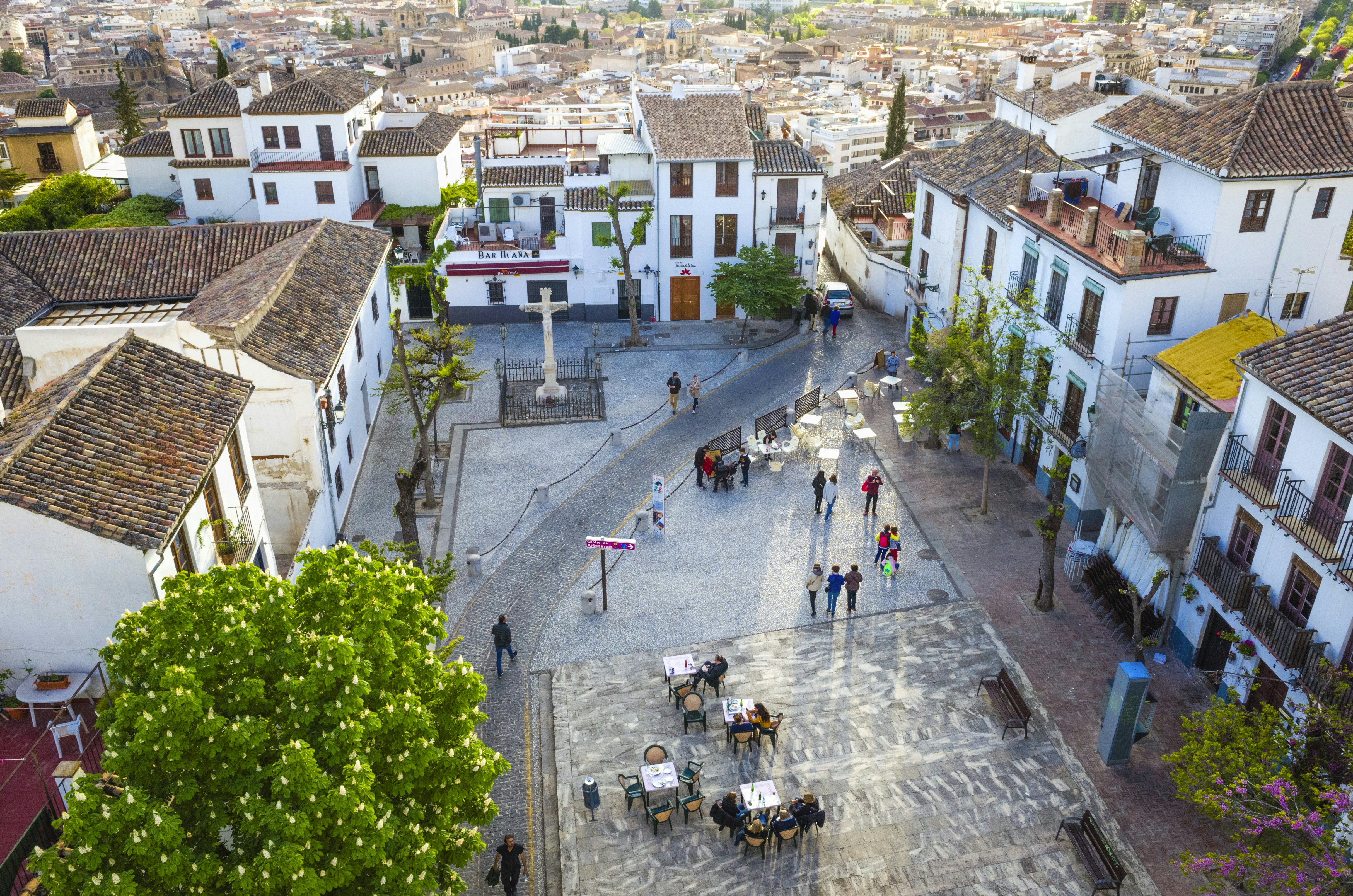
When to arrive: Granada rewards visitors no matter the length of their itinerary. You should aim for at least three nights, arriving on Friday and leaving on Monday, when some museums are closed. While the best weather usually falls in the months of May and June, and from mid-September to early November, you can expect plenty of visitors throughout the year.
How to get from the airport: Irregular (but roughly hourly) buses run by Alsa ply the 18km (11-mile) route between the city center and Federico García Lorca Granada Airport.
Getting around town: Granada’s Centro district is fairly flat, although many of the key sights are on hilly, cobbled and medieval streets nearby. Since these characteristics are not particularly conducive to driving or to public transport, walking is your best option. Granada can be quite a difficult place to navigate for those with mobility issues, although the Alhambra has decent wheelchair access.
Where to stay: Every time I return, I try to break my habitual ways by staying in a different part of the city. But I don’t think anything beats a stay in the San Pedro or Albaicín neighborhoods, high on the hillside looking out at the Alhambra (Casa Bombo, with its rooftop patio, is a choice pick). Although why look out at the Alhambra when you can stay in it? Parador de Granada is one of Spain’s finest state-run luxury hotels (which are known as paradores).
What to pack: Comfortable shoes, since you should count on walking a lot. Prepare for extremely hot weather in summer, and bring layers for autumn to spring.
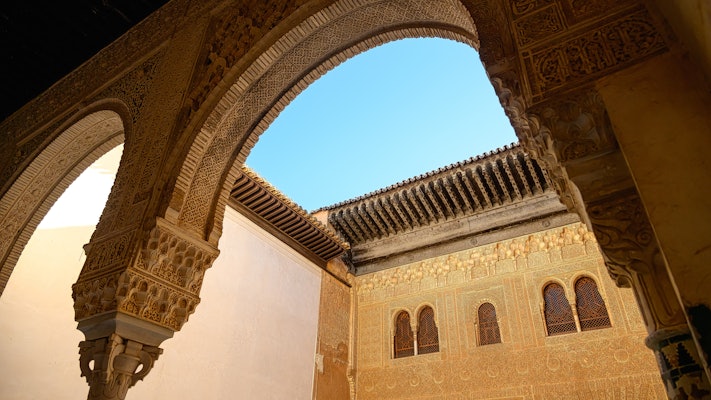



Morning: Start your day with toasted bread topped with tomato, olive oil and salt (mollete con aceite y tomate). A great place to try it close to the Alhambra is the aptly named I Need Coffee – a cozy space with limited seating, ideal for fueling up for the uphill trek to the Alhambra entrance gate.
How to spend the day: The Alhambra deserves its place on the list of the the world’s great sights. This remarkable complex illustrates the astonishing design abilities (not to mention the decadent lifestyle) of the Moors, who held power here until 1492, centuries after most of the Iberian peninsula had been recaptured by the Spanish. The site demands the better part of a day to explore and is divided into three parts: the Palacios Nazaríes (Nasrid Palaces), the Alcazaba (fortress), and the Generalife (palace gardens).
While you’ll be given a specific time slot for your entry to the Nasrid Palaces, the other two areas can be explored at your leisure. I recommend saving the ornate beauty and fountain-filled patios of the Nasrid Palaces for last, and starting at the Alcazaba, the monument’s oldest section. Tickets can often sell out a month or more in advance, so book as early as possible. Use only the official ticketing site to make your purchase, and don’t forget to bring your passport with you for entry.
Dinner: Taking a tapas bar crawl is one of my favorite activities in Granada. That’s because the traditional custom of serving a free tapa with every drink purchase still lives on at most bars here, long after it died out almost everywhere else in the country. I’ll always make time for Bar Poë, whose tapas menu changes regularly and includes vegan options. To try lots of different places without much walking in between, I head to Calle Elvira, two blocks east of the cathedral. For a traditional option (think hams hanging from the ceiling) there’s Bodegas Castañeda or La Riviera. For great seafood tapas, try Los Diamantes.
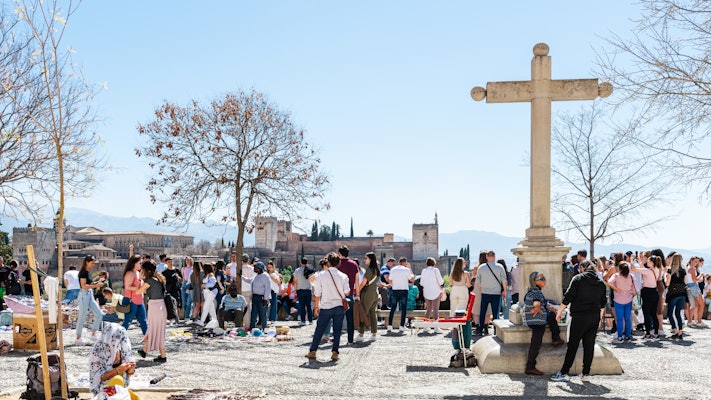


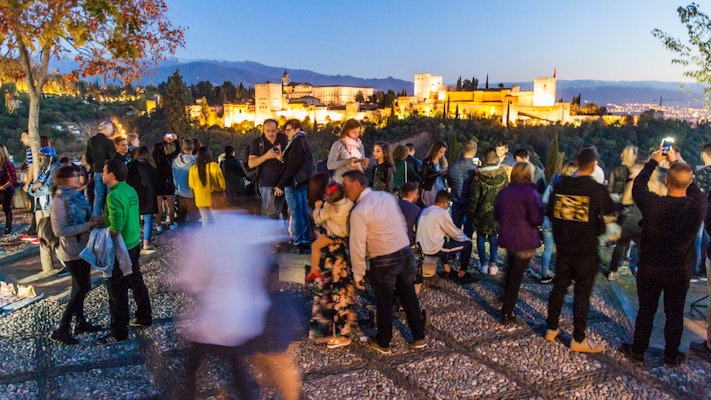
Morning: Start the day by wandering along the Río Darro, which in summer is more of a small brook than a river. The streets in these parts are laced with history, some of which is beautifully spotlighted at museums such as El Bañuelo, an 11th-century Arab bath (buy the Dobla de Oro ticket when you’re booking your Alhambra trip to get access to this and the city’s other Moorish sights). Continue southwest to Plaza de Santa Ana, where the Church of San Gil y Santa Ana showcases how the Reyes Católicos (Catholic Monarchs) repurposed mosques in Granada after 1492 under the banner of Christendom. Look up at the artesonado ceilings, a classic feature of Mudéjar (Moorish) architecture.
How to spend the day: Stroll north of Plaza Nueva and into the fringes of the old Arabic quarter, the Albaicín, where you’ll find another holdover from Moorish Granada: teterías. Take a break at one of these arabesque-inflected tea houses with a glass of mint tea (avoid the milk but don’t hold back on the sugar). Tetería La Oriental serves a mean baklava together with its tea; Tetería El Bañuelo, located closer to the teahouse’s namesake museum, is another great option.
Freshly caffeinated, wander over to the Catedral de Granada, which is tightly hemmed in by the city. The grand building contains little trace of the old mosque that preceded it – and indeed is an homage to the Catholic Monarchs who shaped modern Spain after the Reconquest, and who subsequently bankrolled Christopher Columbus’s voyages to the Americas. Both Fernando II and Isabel I are interred here, at the Capilla Real (Royal Chapel).
Dinner: If you’ve still got some walking ability left in your legs, return to the Albaicín’s narrow network of cobbled streets up to the top of the hill. Head for Mirador San Nicolás to catch the sunset as it turns the Alhambra’s honey-colored stone into a palette of increasingly warmer hues. There are some wonderful fine-dining choices nearby that offer a similarly striking vista, including Las Tomasas, whose fantastic €65 tasting menu showcases traditional Andalusian fare.
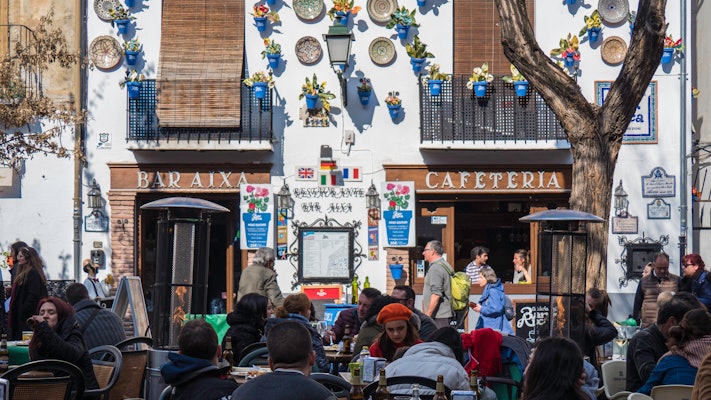



How to spend the day: Now that you have a better grasp of the city, it’s time to learn more about its most famous son, Federico García Lorca (1898–1936), whose writings on Andalucía are second to none. His summer house, Huerta de San Vicente, where he wrote many poems and plays, is surrounded by a park filled with palms and poplars; you can get there on foot from the cathedral in around 20 minutes. For true-blue Lorca fans (like me), it’s worth heading 17km (10½ miles) west to his birthplace at Fuente Vaqueros, which is now the Casa Natal Federico García Lorca museum. You can get there on the 0335 or 0336 bus lines, which depart from near the train station.
Dinner: Keep the Lorca theme rolling with dinner at Chikito on Plaza del Campillo. There’s a statue of Lorca at work at one corner table – commemorating the fact that he and a group of intellectuals known as El Rinconcillo met in this building in the 1920s, when it was called Café Alameda. For a popular traditional dish that they probably ate in those days, try the rabo de toro (oxtail stew).
After dark: It would be unwise to leave Granada without experiencing the city’s flamenco scene. You’ll find it flourishing in the cave venues of the Sacromonte neighborhood, where the gitano (Romani) culture that so influenced Lorca had its deepest roots. There are nightly shows for much of the year at both Venta El Gallo and Cueva Los Amayas. I find it hard not to be deeply moved by the impassioned vocals and delicate movements of the dancers. Such artistry is a fitting end to an ideal weekend in such a dreamy place.
Plan with a local
